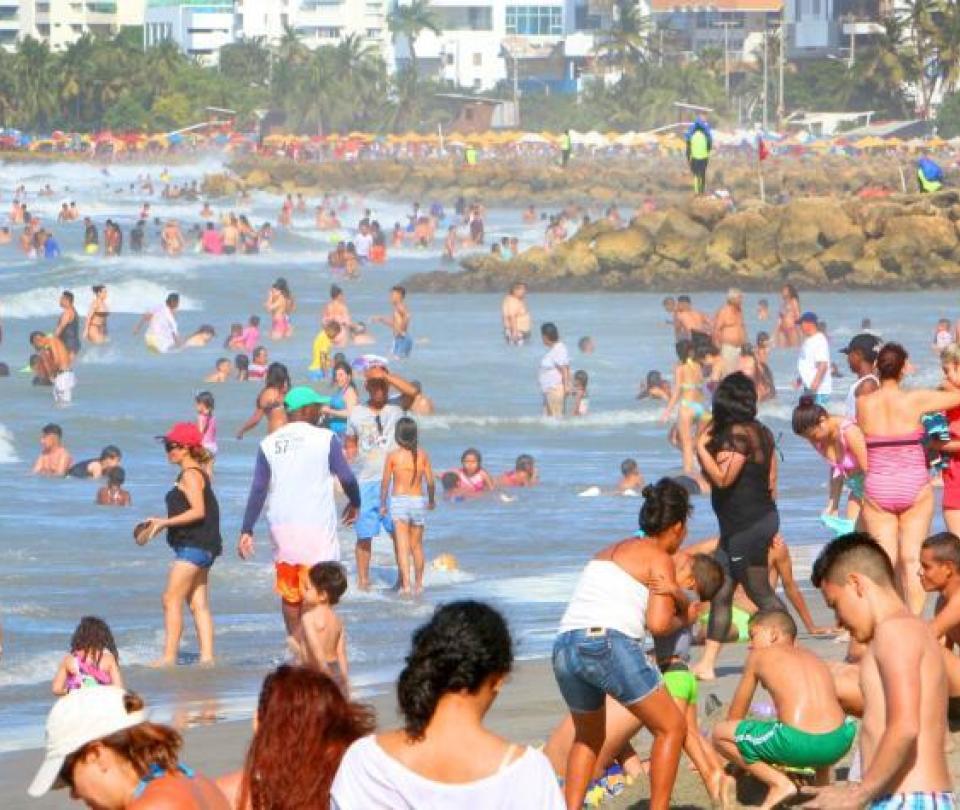Colombia received last year a visit from 4,606,915 non-resident touristsa 232.2% higher compared to 2020 and 114.7% more compared to 2021informed this Tuesday the Ministry of Commerce, Industry and Tourism.
An analysis of the Office of Economic Studies of the Ministry of Commerce, Industry and Tourism also indicated that in January of this year the country received 454,727 foreign visitorswhich represents a 63.5% increase compared to January 2022 and of the 18% compared to the same month of 2019.
(Health travel agency, Wellezy’s bet in the country).
According to the information, this figure of visitors for January includes 319,299 non-resident foreigners; 63,626 Colombians residing abroad who visited the country and 71,802 passengers from cruiseyesaccording to figures from Colombian Migration and the Port Societies.
The number of non-resident foreign tourists makes January 2023 the second month in which the country has received a greater number of this class of walkers, after a record of 349,181 people was reached in December 2022.
(Inflow of foreign currency from tourism to the country grew 8.6% in 2022).
When disaggregating the information, it is necessary to USA was the country with the largest flow of visitors to Colombia, registering a participation of 23.4%, followed by other nations of Latin America and the Caribbean.
On the other hand, the number of visitors to National Natural Parks of Colombia had a 33.9% increase between December 2022 and January 2023, compared to the same period in 2021.
(Two luxury cruise ships will navigate the Magdalena River in 2024: this is what they offer.)
“We expect foreign exchange earnings and value added in tourism services to continue to rise“said the Minister of Commerce, Industry and Tourism, Germán Umaña, quoted in a statement from his office.
Foreign currency income from tourism, for its part, they grew by 8.6% in 2022, compared to 2019. Specifically, during the fourth quarter of 2022 reached 2,097 million dollars, which represents an increase of 9.8% compared to the same period in 2019.
(The ten cities in the world where living is more expensive, according to the IMF).
EFE






![[Img #74683]](https://thelatestnews.world/wp-content/uploads/2024/12/The-main-mistakes-to-avoid-when-betting-on-electronic-sports-150x150.jpg)







